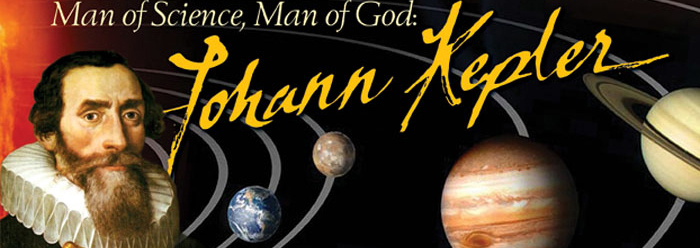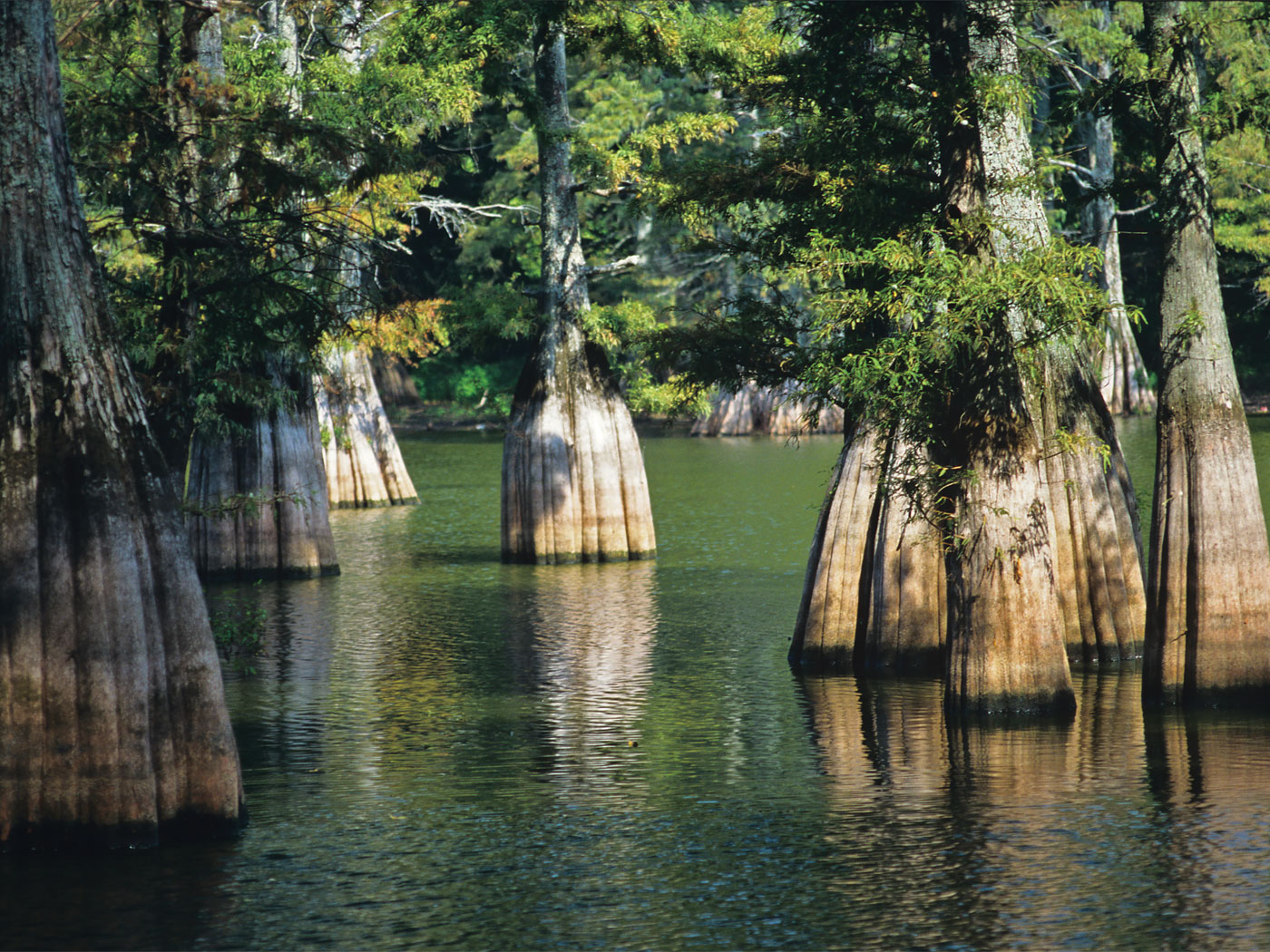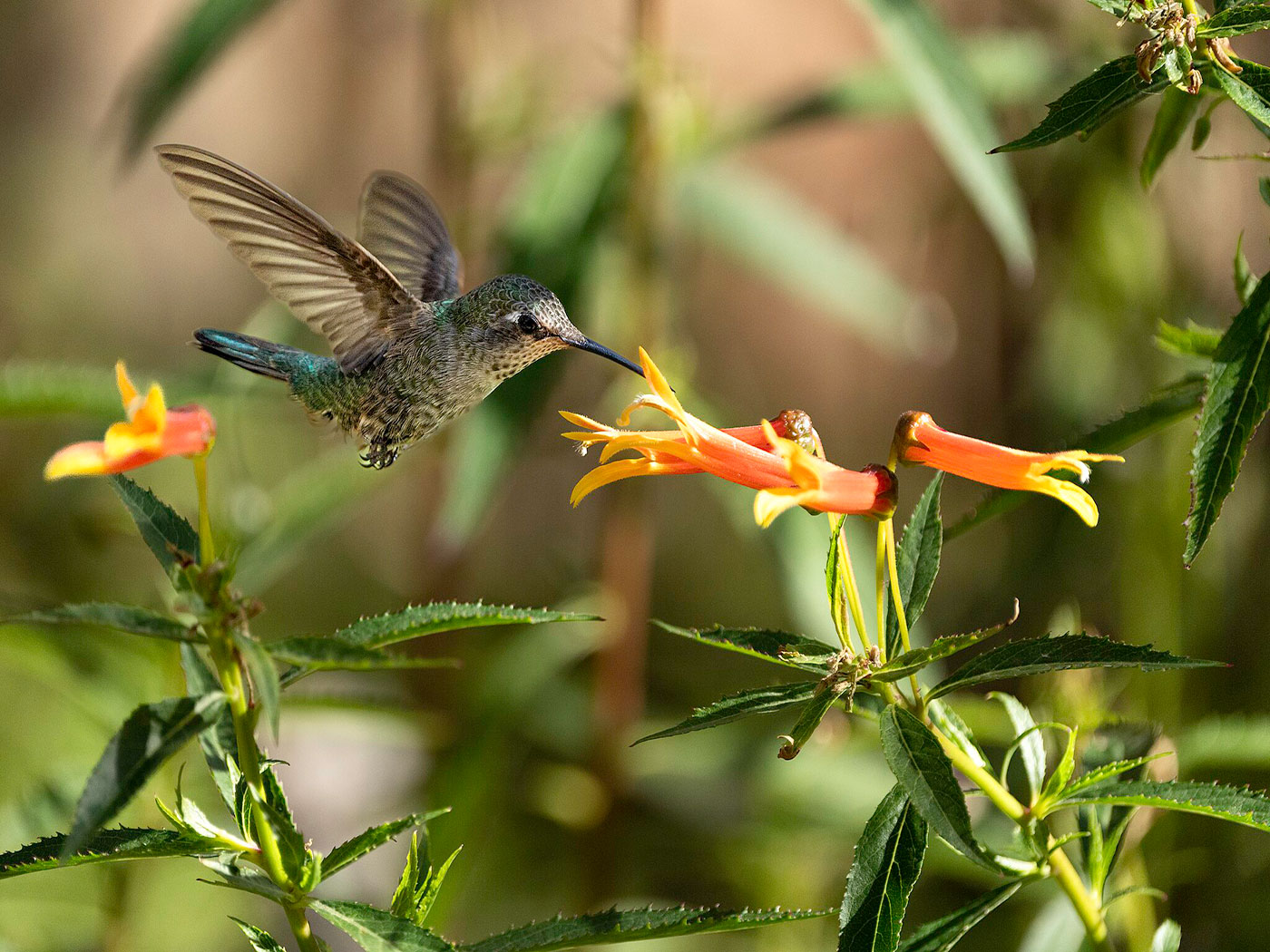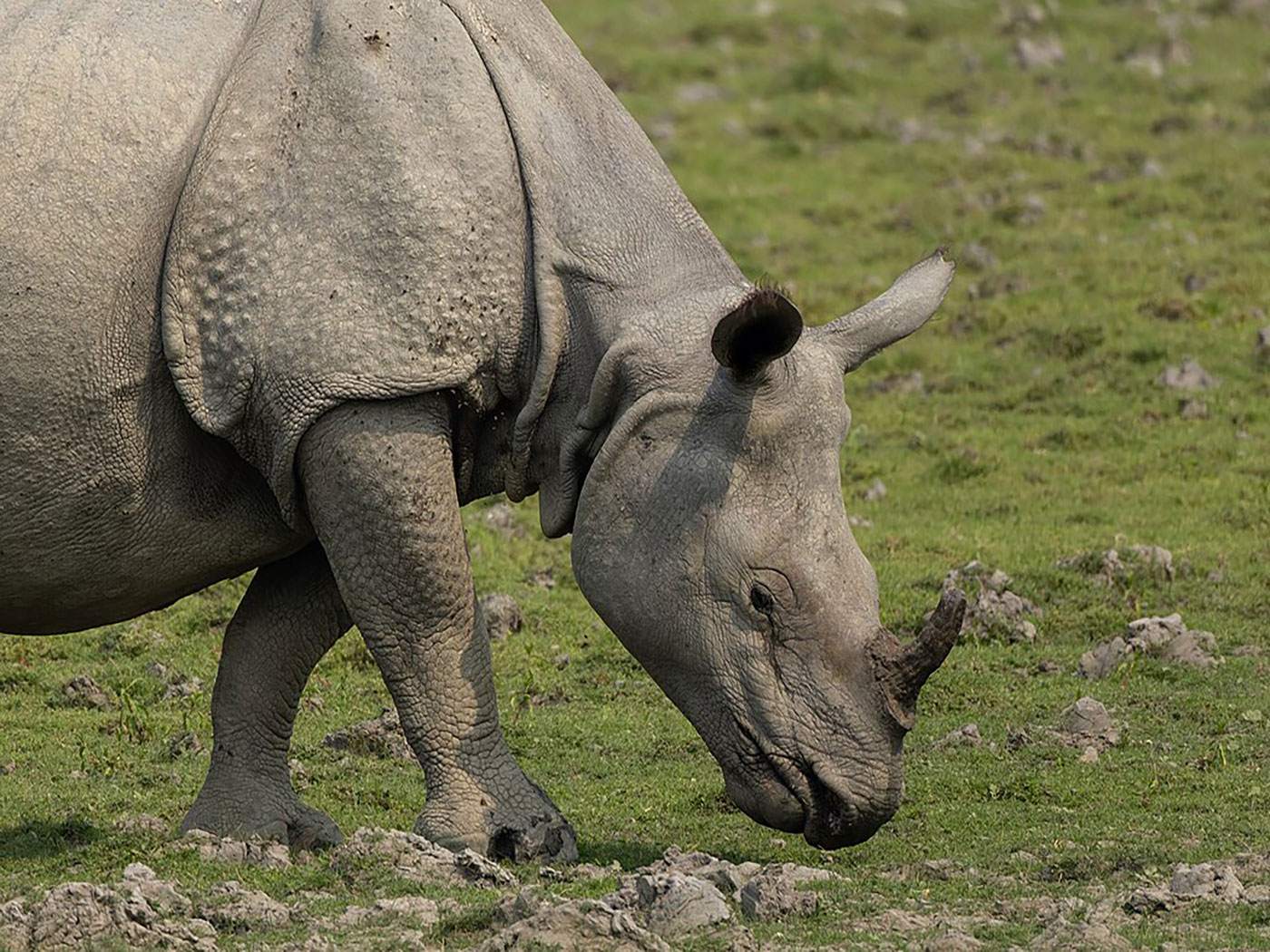“And I am come down to deliver them out of the hand of the Egyptians, and to bring them up out of that land unto a good land and a large, unto a land flowing with milk and honey” (Exodus 3:8).
This is the first of no less than 18 references in the Old Testament to “milk and honey,” plus four more referring to “butter and honey.” The promised land of Canaan was repeatedly described as “a land flowing with milk and honey,” symbolizing its fruitfulness. In ancient times, the pasturage was rich, sustaining large flocks of milk-producing goats and cattle, and the fields were verdant with many flowers, with a resulting abundance of wild bees depositing honey in the rocks and trees.
Honey is often used symbolically for whatever is pleasant and delectable, while milk is used as a figure for necessary (rather than enjoyable) nourishment. Thus, the promised land was a land where both the necessities and the joys of life could be found in abundance.
Before the children of Israel entered the promised land, they had to spend forty years in a barren wilderness with neither milk, nor honey, nor other sustenance. Even there, however, the Lord graciously created manna each day for them, which provided both their necessary food and even some sweetness, for “the taste of it was like wafers made with honey” (Exodus 16:31).
Appropriately enough, both milk and honey are used in the Scriptures to picture God’s word itself, in both its lifegiving essentials and also its pleasant delights: “As newborn babes, desire the sincere milk of the word, that ye may grow thereby” (I Peter 2:2), we are commanded. Then there is also the testimony of the psalmist: “How sweet are thy words unto my taste! yea, sweeter than honey to my mouth!” (Psalm 119:103). HMM




















